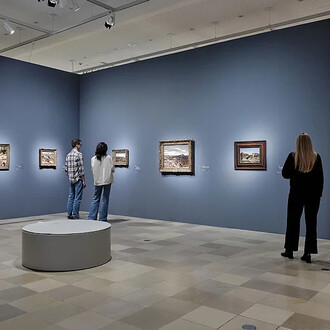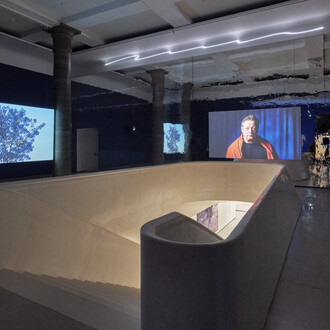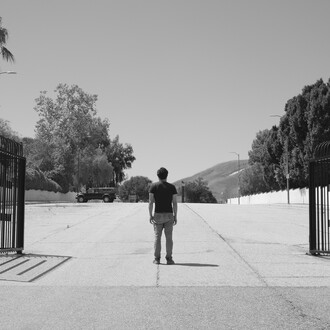The ways in which people look at, perceive and represent the body are in constant flux. Art and science have always used images of the body to tell stories about the human condition. And with each passing epoch new images and interpretations of the body have emerged.
But why reflect on the body today? Do we not already know enough about it? We all have bodies. More than that: we are all bodies. The body can be observed from the outside and examined from within, measured and quantified. It can be pathologised and objectified, healed and cared for. Bodies are vulnerable entities. The vulnerability of the body is an existential condition of being human. Or is it merely a problem we seek to bring under control? Bodies are finite. And at the same time, bodies are political. The body is not solely a private matter; it is the site upon which world views, value systems and thus politics are played out. For vulnerability is unevenly distributed within society.
Contemporary artists express a transformed sense of corporeality, its reinterpretation and the call for a new image of humanity. Their works encounter spectacular objects from different contexts and eras: from the idealised depictions of the body in Archaic Greek art, through religious votive offerings as prayers for healing, to anatomical wax figures of the 18th century presented in Germany for the first time, and on to the latest images from medical research, in which we travel virtually through a beating heart.
The exhibition takes you on a journey through the history of body images, where the increasingly scientific gaze into the interior of our bodies continually shifts and redefines the question of who we are.
















